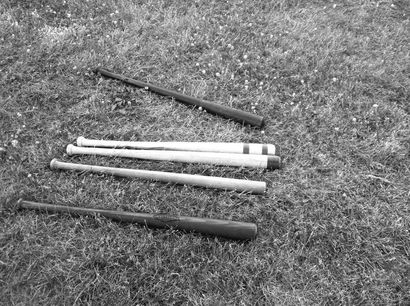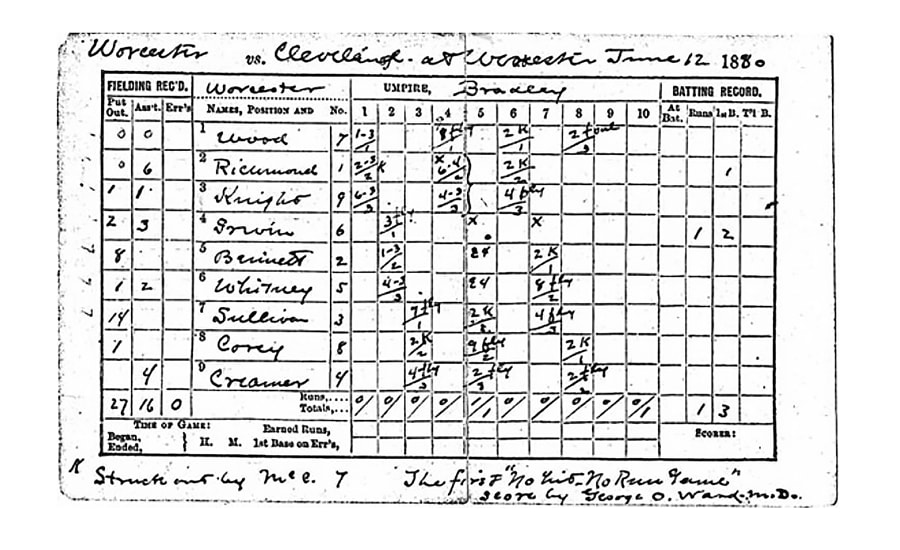Evolution of the Rules Regarding Strikeouts and Bases on Balls
Strikeouts
Prior to 1857 – No definition of strikes
From 1857 to 1870:
A strike is defined as:
1. A ball struck at and missed by the Batsman without it touching his bat.
2. A ball legally delivered by the Pitcher and within the legitimate reach of the bat not swung at by the Batsman.
The umpire is allowed to call strikes on a batter that repeatedly refuses to swing at good balls. The umpire was required to warn the striker before calling a strike. After three strikes were called, the batter was bound to “make his run” to first base if the last called strike was not caught by the catcher on the fly or first bound.
1871 - The batter was given the opportunity to ask the Pitcher to deliver the ball in one of two areas. A “low ball” was required to pass between the knee and the waist of the batsman and over Home Base. A “high ball” was required to pass between the waist and the shoulders of the batsman and over Home Base. If the batter did not call for a ball upon taking his position the umpire was allowed to call strikes on pitched balls that passed between the knees and shoulders of the Batsman and over Home Base. The Batsman was not allowed to change or call for his pitch after the first ball was delivered to Home Base by the pitcher.
The Umpire was also instructed in 1871, not to make a call on the first delivery by the Pitcher to the Batsman, unless swung at and missed or hit foul. This ended after the 1874 season.
1887 (only) - 4 strikes constituted a strikeout.
Bases on Balls
Prior to 1863 – No definition of balls
1863 – If a pitcher persists in delivering not fair balls, the umpire will issue a warning, and then begin calling balls. Three balls constitute a base on balls; all runners on base advance (whether forced or not).
1868 – Three balls constitute a base on balls; only runners who are forced advance
1879 – All pitches must be called (either a ball, a strike or a foul); 9 balls constitute a base on balls
1880 – 8 balls constitute a base on balls
1884 – 6 balls constitute a base on balls
1886 – 7 balls constitute a base on balls
1887 – 5 balls constitute a base on balls
1889 – 4 balls constitute a base on balls


